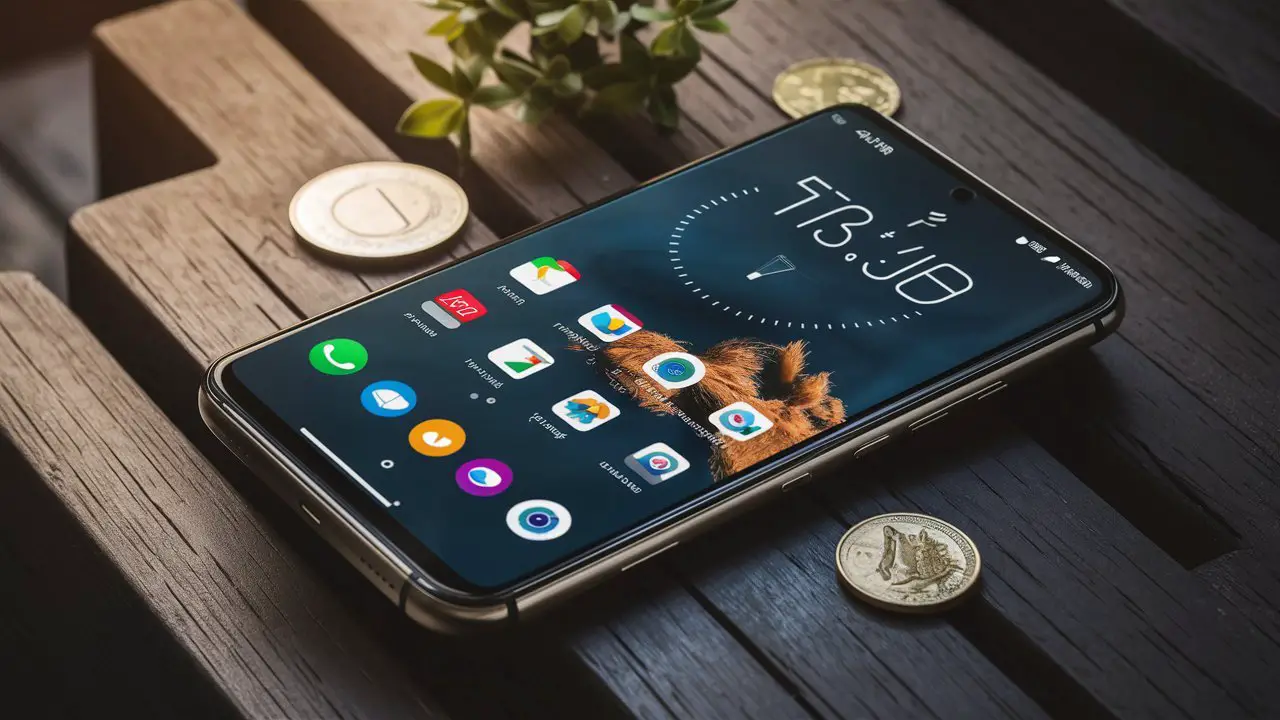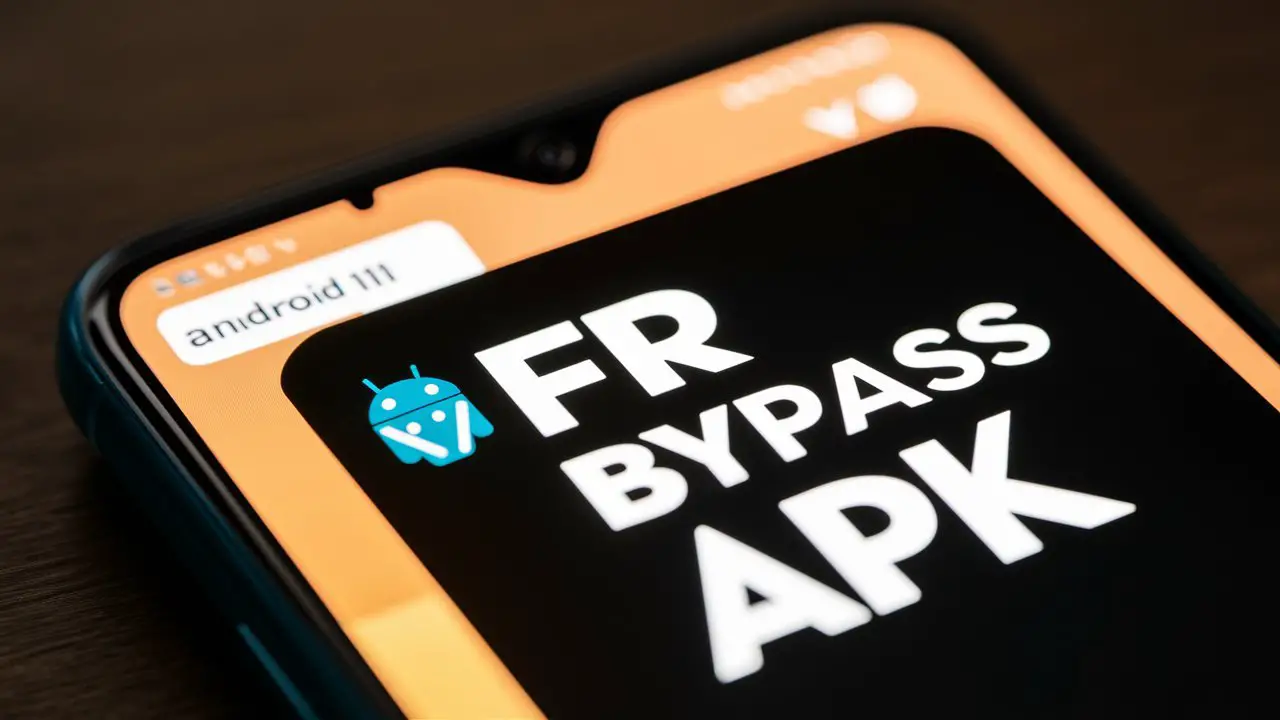Factory Reset Protection (FRP) is a security feature introduced by Google for Android devices starting with Android 5.0 Lollipop. FRP is designed to protect your device and information, such as screen locks and data encryptions, ensuring that your phone cannot be easily reset and used by someone else if it’s lost or stolen.

Importance of FRP in Android security
The significance of FRP lies in its ability to act as a deterrent against unauthorized access to your device. By requiring the original Google account credentials post-factory reset, FRP adds an extra layer of security that helps in safeguarding personal data from unauthorized users.
Brief overview of Android 13
Android 13, the latest version of the Android operating system, comes with several advancements in security, user interface, and performance. It builds on the solid foundation of its predecessors by introducing enhanced privacy controls, more intuitive navigation, and an array of new features tailored to improve the overall user experience.
Technical Specifications
Overview of Android 13’s security features
Android 13 introduces numerous security enhancements, focusing on user privacy and data protection. Key features include improved biometric authentication, enhanced app permissions, and robust encryption protocols designed to keep user data secure.
Specific enhancements in FRP for Android 13
The FRP mechanism in Android 13 has been further fortified to prevent unauthorized access more effectively. It includes more stringent verification processes and integration with Google’s advanced security protocols, making it more challenging to bypass.
Compatibility and device requirements
Android 13 is compatible with a wide range of devices, from the latest flagship models to several mid-range phones. However, the implementation and effectiveness of FRP can vary based on the manufacturer’s specific security customizations and the device’s hardware capabilities.
Applications
Common scenarios necessitating FRP bypass
There are several legitimate scenarios where bypassing FRP becomes necessary. These include situations where users forget their Google account credentials, purchase second-hand devices with locked accounts, or experience software issues requiring a factory reset without the ability to log back in.
Industries and professionals who might need FRP bypass
Industries such as mobile repair services, IT support, and refurbishing businesses often encounter devices with FRP locks. Professionals in these fields need reliable methods to bypass FRP to restore and return devices to their clients.
Ethical considerations
While bypassing FRP can be necessary, it’s crucial to consider the ethical implications. Unauthorized bypassing of FRP for malicious purposes, such as accessing stolen devices, is illegal and unethical. Legitimate FRP bypass should always be conducted with the device owner’s consent and within legal boundaries.
Benefits
Security enhancements provided by FRP
FRP provides significant security benefits by ensuring that only the device owner can access the phone after a factory reset. This protection helps prevent unauthorized use and protects sensitive data.
Protection against unauthorized access
By requiring the original Google account credentials, FRP effectively blocks unauthorized users from accessing the device, thereby safeguarding personal information and user data.
Safeguarding personal and sensitive information
FRP ensures that personal and sensitive information, such as photos, emails, and contact information, remain protected even if the device falls into the wrong hands.

Challenges and Limitations
Difficulty in bypassing FRP
Bypassing FRP can be technically challenging, requiring specific tools and knowledge. This difficulty is intentional, designed to prevent unauthorized access and maintain the integrity of the security feature.
Legal implications
Bypassing FRP without proper authorization can have legal repercussions. It’s essential to ensure that any FRP bypass attempts are conducted legally and ethically, with the device owner’s explicit permission.
Risks of using unauthorized FRP bypass methods
Unauthorized methods to bypass FRP can pose significant risks, including data loss, software corruption, and potential exposure to malware. Users should be cautious and use only trusted tools and methods.
Latest Innovations
New tools and methods for FRP bypass
As Android security evolves, so do the tools and methods for bypassing FRP. New software solutions and techniques are continuously developed to address the latest security enhancements in Android 13.
Updates in Android 13 affecting FRP
Android 13 has introduced several updates that affect the FRP mechanism, including tighter integration with Google’s security infrastructure and enhanced verification processes, making bypassing more complex.
Future trends in FRP technology
The future of FRP technology will likely see further integration with AI and machine learning, improving its ability to detect and prevent unauthorized access attempts while maintaining user convenience.
Future Prospects
Predictions for FRP in upcoming Android versions
Future Android versions are expected to build on the security foundations laid by Android 13. This will likely include more sophisticated FRP mechanisms, enhanced user authentication methods, and deeper integration with Google’s security ecosystem.
Potential improvements in FRP bypass methods
As security measures advance, so too will the methods for bypassing them. Professionals in the field can expect more refined tools and techniques, offering safer and more reliable FRP bypass solutions.
Role of AI and machine learning in FRP security
AI and machine learning are set to play a significant role in future FRP security developments. These technologies can enhance the ability to detect suspicious activities and prevent unauthorized access attempts, making FRP even more robust.
Comparative Analysis
Comparison of FRP in Android 13 vs. previous versions
Android 13’s FRP is more advanced compared to previous versions, offering enhanced security protocols and more stringent verification processes. This makes unauthorized bypass attempts more difficult while improving overall device protection.
FRP vs. other security measures in mobile OS
While FRP is a critical security feature, it is just one component of a broader security ecosystem in mobile OS. Other measures, such as biometric authentication and encryption, complement FRP to provide comprehensive device security.
Pros and cons of different FRP bypass methods
Different methods for bypassing FRP come with their own sets of advantages and disadvantages. Some may offer quick solutions but pose higher risks, while others might be safer but more complex and time-consuming.
User Guides or Tutorials
Step-by-step guide to bypass FRP on Android 13
- Initial Setup: Begin by powering on your Android 13 device and connecting it to a Wi-Fi network.
- Entering Recovery Mode: Press and hold the power and volume down buttons simultaneously to enter recovery mode.
- Factory Reset: Navigate to the ‘Wipe data/factory reset’ option using the volume buttons and select it using the power button.
- Bypass Setup: After the reset, during the device setup, connect to Wi-Fi and when prompted for Google account verification, use a compatible bypass tool or software.
- Completing Bypass: Follow the tool’s instructions to bypass the FRP lock and gain access to the device.
Recommended tools and software for FRP bypass
- FRP Bypass APK: A commonly used application to bypass Google account verification on Android devices.
- Odin: A tool primarily used for Samsung devices, allowing users to flash custom firmware that can bypass FRP.
- Pangu FRP Bypass: Another reliable tool that supports multiple Android devices and versions.
Common pitfalls and troubleshooting tips
- Ensure the bypass tool is compatible with your specific device and Android version.
- Be aware of potential software issues that might arise and have a backup plan.
- Follow all instructions carefully to avoid bricking your device or causing data loss.
Conclusion
Summary of key points
Factory Reset Protection (FRP) is a crucial security feature in Android devices, particularly with the enhancements in Android 13. It provides a robust safeguard against unauthorized access, protecting personal and sensitive information.
Final thoughts on FRP and its impact on Android security
While FRP offers significant security benefits, it also poses challenges when users need to bypass it for legitimate reasons. It’s important to approach FRP bypass ethically and legally, using reliable methods and tools.
Call to action for further education
Understanding FRP and its implications is essential for both users and professionals. Stay informed about the latest developments and best practices in Android security to effectively manage and protect your devices.




